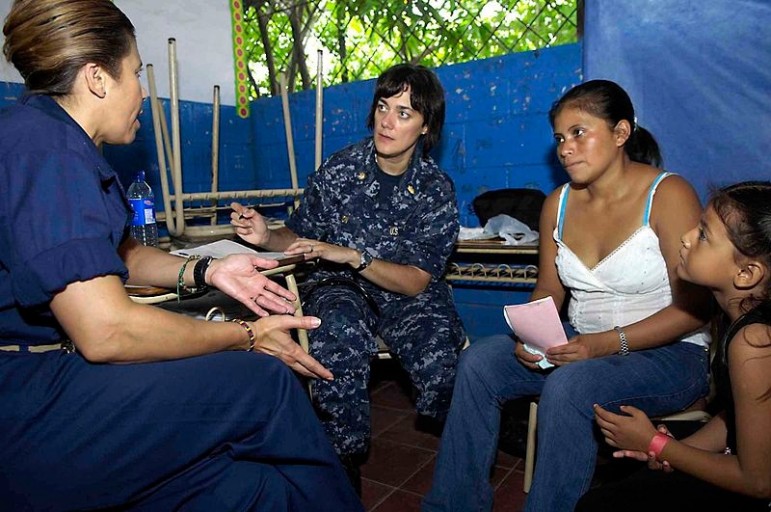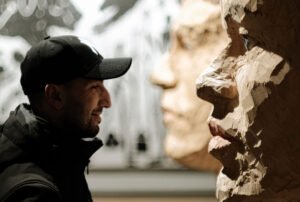
Community interpreting is a vital service for immigrants who, for one reason or another, haven’t learned their host country’s language. In urban cultural districts, people can get by quite well—until they have to access services. When it comes to medical care, family members are often called upon to interpret, which can lead to errors that have a serious clinical impact. Members of the medical sector have long pointed out this problem, since ad-hoc interpreters don’t have the necessary training to relay precise medical information in the often-stressful locations of the doctor’s office or emergency room.
Found in Translation is a nonprofit agency that won a 2015 Richard Cornuelle award for its program to help immigrants gain employment by becoming medical interpreters. This approach is commendable for two reasons: The nonprofit seeks out candidates who can leverage their bilingualism while stressing the professional training needed to be a medical interpreter.
A common myth is that translators and interpreters simply need to be bilingual to do the job. While bilingualism is of course a requisite, translators and interpreters must have a deep understanding of the target and source languages and cultures to communicate the small nuances that can have a big impact.
Since the mid-1990s, scholars have been concerned with raising the profession’s profile, as community interpreting has been considered a lower form of the practice compared to diplomatic interpreting. Indeed, the vast majority of interpreters do not rub shoulders with UN diplomats but rather work in courtrooms, governments, and, of course, hospitals.
Sign up for our free newsletters
Subscribe to NPQ's newsletters to have our top stories delivered directly to your inbox.
By signing up, you agree to our privacy policy and terms of use, and to receive messages from NPQ and our partners.
In his Forbes column, Howard Husock composites a very compelling profile of Found in Translation’s approach to give immigrants a place to “adapt and thrive” in their adopted country. However, the article misses the international perspective of community interpreting by intimating that it is a wholly American enterprise: “It can be trite to describe some events as being possible only in America—but it can also be true.”
To this, I raise a staunchly Canadian translator’s eyebrow, since community interpretation has an international history and is a practice that varies a great deal depending on each country’s linguistic context, immigration laws, and service organizations.
It is true that the U.S. has a good track record in community interpreting. This country’s “language access responsibilities” under Executive Order 13166, “Improving Access to Services for Persons with Limited English Proficiency,” has made it much easier for U.S. immigrants to access interpreters compared to other nations. In community interpretation scholarship, the U.S. is also considered progressive in the area of training.
But internationally, Australia is actually the pioneer in community interpreting and is where the term “community interpreting” was coined. Sweden is another forerunner in training for community interpreters at “adult education centers and voluntary educational associations.” The European Centre for Modern Languages of the Council of Europe does recognize that “migrants and second-generation migrants” are ideal candidates to fill these roles.” Canada has government agencies that provide community interpreters, such as Montreal’s Interregional Interpreter’s Bank. Also in Canada, immigrants fill interpreter and translation jobs at twice the rate of other occupations.
None of this is to take away from what Found in Translation has accomplished. The nonprofit is indeed admirable, not because it has invented community interpreting or the idea of providing community services by a community’s own members. The nonprofit is admirable because it has taken concrete action to turn bilingualism into a marketable skill for low-income groups—becoming community interpreters in medicine. In this sense, Mr. Husock’s pride in this truly American gem is right on the mark.—Amy Butcher













